SAN FRANCISCO—A world-class collection of splendid works of art brings French rulers’ grandeur to California. Exquisitely crafted Gobelins tapestries, hardstone cups, silverware, and furniture are on loan from the Louvre at the Legion of Honor until March 17.
King Louis XIV, known as the Sun King, laid the foundation for his fame as patron of the arts in the beginning of his reign, between 1660 and 1690.
A large tapestry, named after the Gobelins, a French family of dyers and weavers, tells of the rise of the Parisian tapestry manufacturers. It also invites visitors to the exhibition titled Royal Treasures From the Louvre: Louis XIV to Marie Antoinette.
Mounted Hardstones
The main gallery, dedicated to King Louis XIV’s collection of mounted hardstones, attracts with translucent cups, vases, ewers, and artistic buckets. The visitor’s heart swells at the magnificent beauty of carved stone and precious decorations made from diamonds and other gems, as well as exquisitely crafted figures. These include birds, dolphins, a horse with a fish tail, and a lizard with a snake head.
“I wanted them to represent the highest aspect of kingly taste,” said Martin Chapman, curator in charge of European Decorative Arts and Sculpture at the Fine Arts Museums of San Francisco.
“The ‘Gemmes de la Couronne,’ as the royal hardstones are called, ranked No. 2 in the hierarchy of Louis XIV’s most precious collections.
“Number one was his collection of gemstones, which was the largest collection in the world,” Chapman said. As the French crown jewels have largely been dispersed, it is Chapman’s great pleasure to see “the next layer down in terms of the king’s own predilection,” currently in San Francisco.
A shell-shaped rock crystal cup, placed in the center of the exhibit, seems to vibrate with life. A bird with 4-inch-wide wings looks as if it has just landed on the edge of the cup, captured for eternity in a great piece of art.
“I was excited by the idea of drinking out of something like that, particularly all the shell cups with all the interesting shapes,” said Gary Thorne, a manager of computer programmers, from Southern California.
Thorne appreciated having “a bit of the Louvre come to us,” he said when visiting the exhibition with his wife, Karen, earlier this year.
An amethyst cup from the 16th century appears rose in color from afar and purple upon closer inspection. It stands out from the many other cups. “‘Did he use them?’ I wondered, ‘Did he use them ever or were they just show pieces?’” Karen Thorne said.
“Their significance goes back to the ancient world,” Chapman said. “These sorts of objects were collected in antiquity, and they were priced for the form, which was, after all, a conventional form of a drinking cup, but they were very rarely if ever used.”
The cups served several purposes. “They were there for display purposes; they were there to show off the craftsmanship of being able to work these hardstones but also the preciousness of the hardstones and the beauty of them,” Chapman said.
Arts Agenda
A covered vase from circa 1630, made from rows of hexagonal lapis lazuli plates, reflects the royal dignity of its former owner. “Imagine the time and skill it needs to do that,” a visitor tells his companion.
Early in his reign, the king made a “most revealing statement” to one of his ministers that there is “nothing that befits a prince better than the magnificence of his palaces or the splendor of his furniture,” according to Chapman.
The artist of some objects is not known as, for example, an ewer from Paris dated circa 1650 and made from agate with enameled gold mounts. Its handle has a female winged figurine. A handled rock crystal bucket from 1685, however, about 5 inches tall and decorated with a finely carved maiden with a bird, is attributed to the Italian artist Giovanni Battista Mettellino.
“It was an agenda, really, for what he was doing. He was very comfortable with living in public, with great magnificence, and he was expansive enough to bring artists to the court of France, particularly from Italy,” Chapman said.
Besides making “sure that the palaces were furnished in the most magnificent way,” Louis XIV used great works of art to make diplomatic gifts in order to underline his power and promote his reign.
At the end of his reign, in 1713, the inventory list mentions 823 pieces of mounted hardstones. Many were made from rock crystal, the king’s favorite mineral, according to one of the exhibit’s information panels.
Silverware
On Sept. 1, 1715, Louis XIV died after having reigned for 72 years. The time of Louis XV, his successor, was an era of comfort and expansion, characterized by luxury goods such as silver and porcelain services.
The new king wanted to live a more private existence, and rooms at Versailles were made smaller. Objects continued to be made with tremendous craftsmanship and attention to detail.
Silver, for example, was an important aspect of the kings’ dining in state, which was part of the daily routine of the kings of France. “It was rather a solitary existence. They had to sit at a table where they were stared at by the court, while they ate their way through several courses—in silence. So, therefore, the silver had to be very splendid,” Chapman said.
The cultural expansion initiated by Louis XIV suffered its first losses in 1709 and 1759, when state edicts demanded silverware be melted and coined into cash to prevent the state from bankruptcy. Not much silverware survived in France.
As “the reputation of French silversmiths or the Parisian silversmiths were such that there were commissions abroad, in Portugal, in Russia, and even in England,” Chapman said that much of the glory of French 18th-century silver seen in the exhibition is “from these foreign commissions, rather than what was actually made for the kings of France.”
Idea of a Museum
Louis XVI, who reigned from 1774 to 1792, intended to bring his predecessors’ collections of art pieces together and display them. Works of art that were once integrated into the daily life at the Versailles Palace were to become objects in a central arts museum.
“The core collection of the Louvre museum was the former royal collections. And interestingly, although Louis XVI doesn’t have a good report from history, it was his idea,” Chapman said. He was the one who put the diamonds of the crown jewels and also the collection of the “Gemmes de la Couronne,” the hardstones of Louis XIV, on view to the public.
With that, “the former royal collections are the foundation of the Louvre, which is, after all, one of the largest museums, if not the largest museum in the world,” according to Chapman.
Lost Pieces
Queen Marie Antoinette, the wife of Louis XVI, continued the tradition of collecting hardstones. “But she was also commissioning works of art for her own pleasure and use in her tiny rooms at Versailles,” Chapman said.
Some of the pieces associated with Marie Antoinette were lost at the time of the French Revolution. Chapman regards them as “an interesting place for an exhibition like this to end.”
The Louvre has never lent so many of these hardstone treasures before. Many of them have been in the Louvre since 1793. “It’s really extraordinary that the Louvre has lent so many pieces,” Chapman said. “We have the privilege here in having these 30 objects from the remaining 300 or so of Louis XIV’s pieces.”



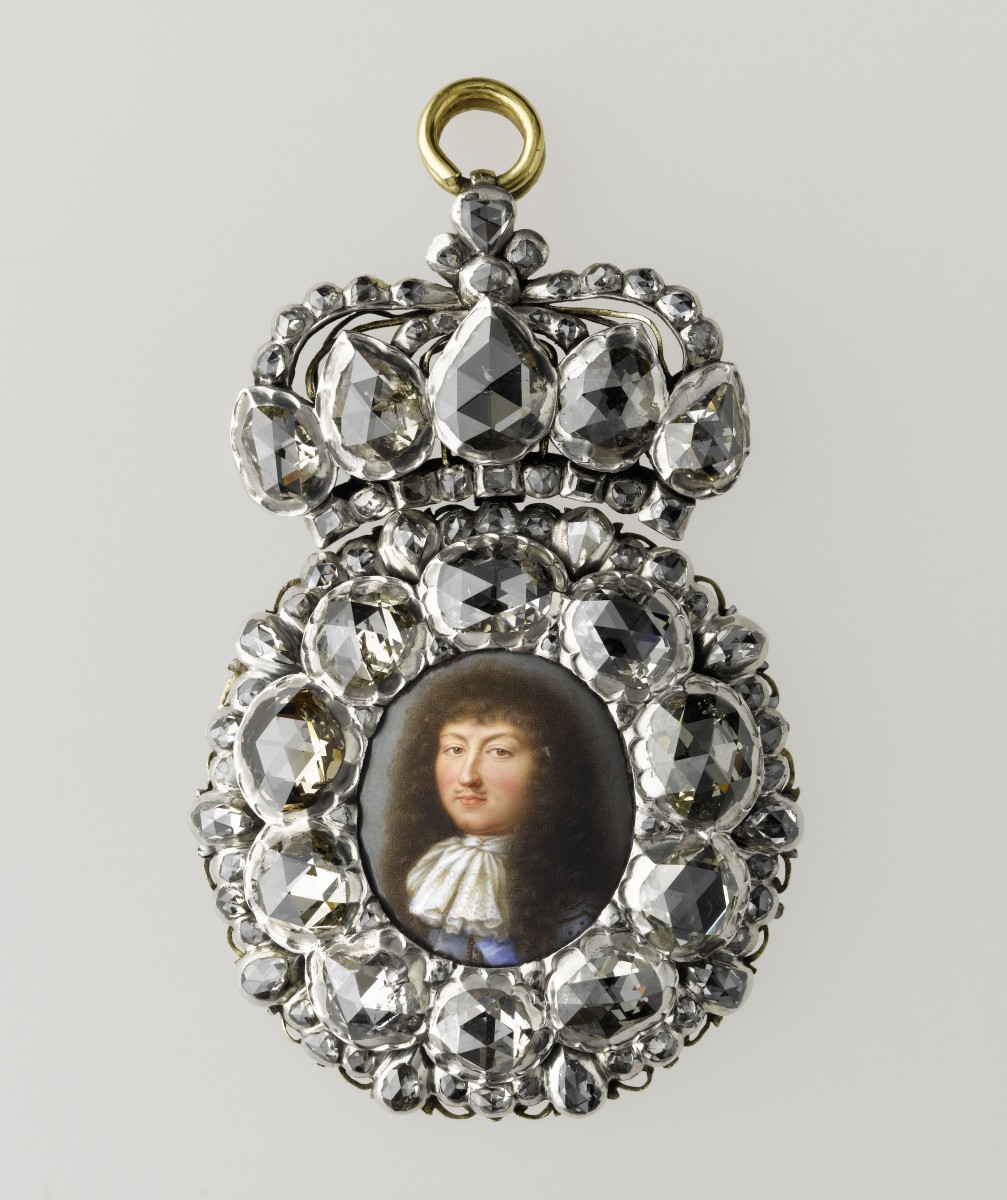

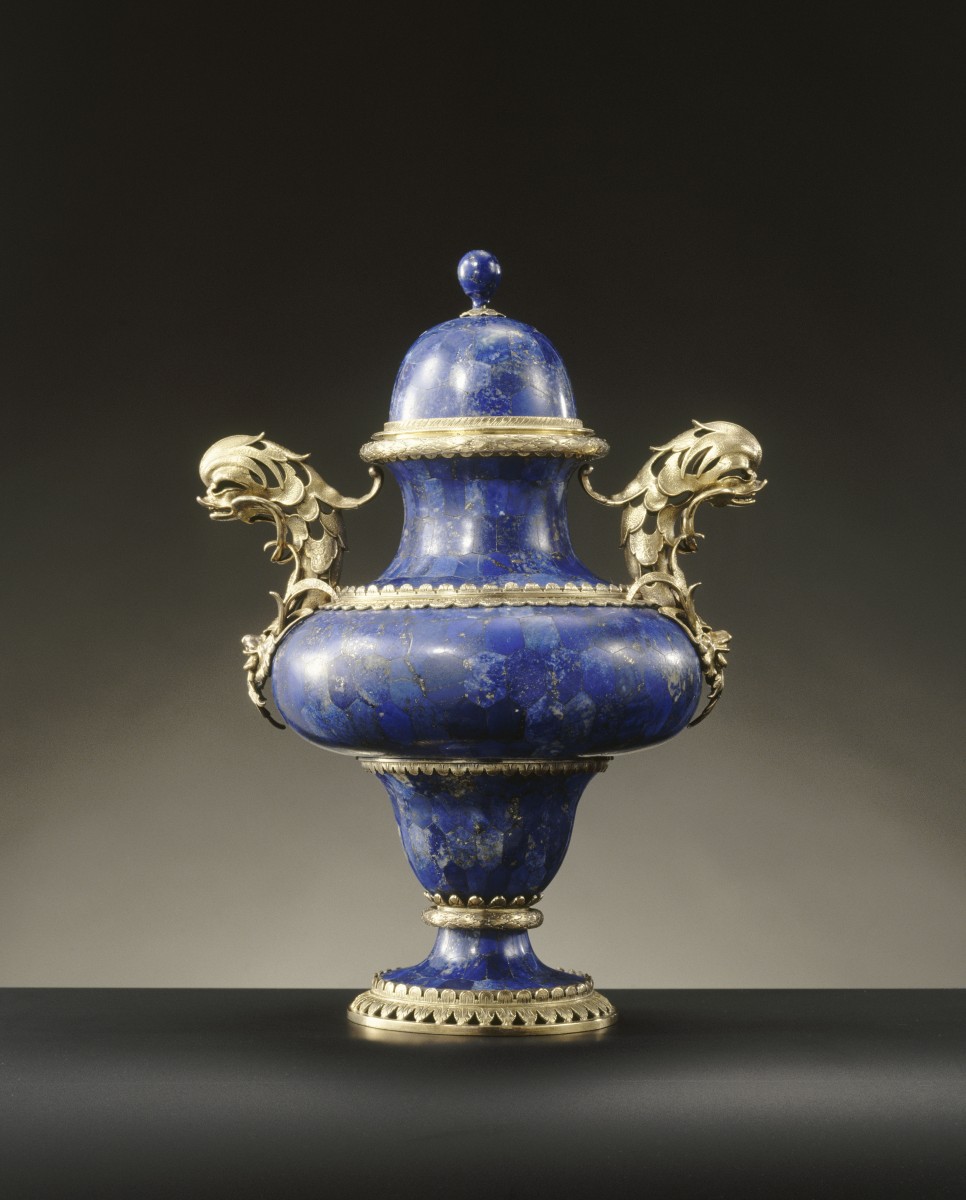

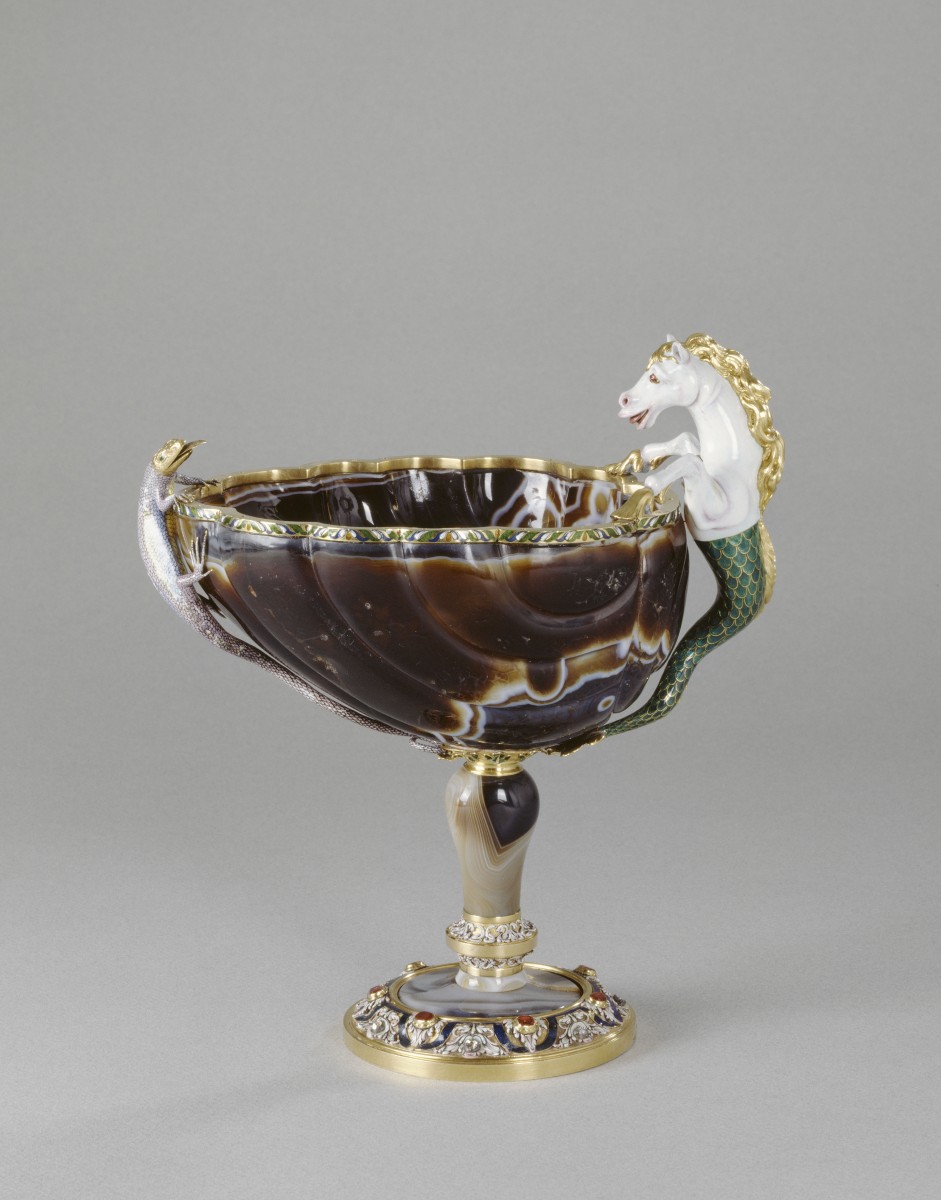

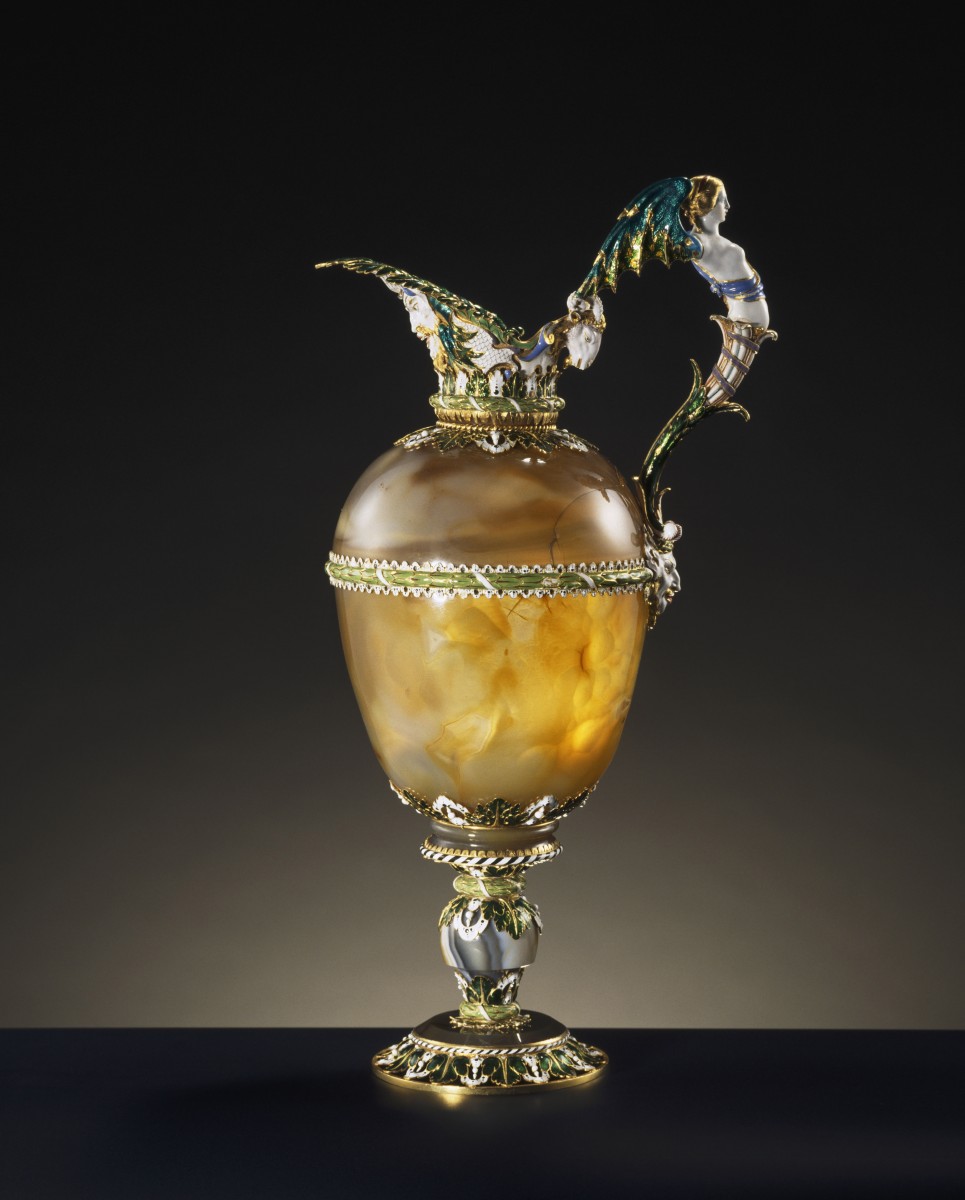

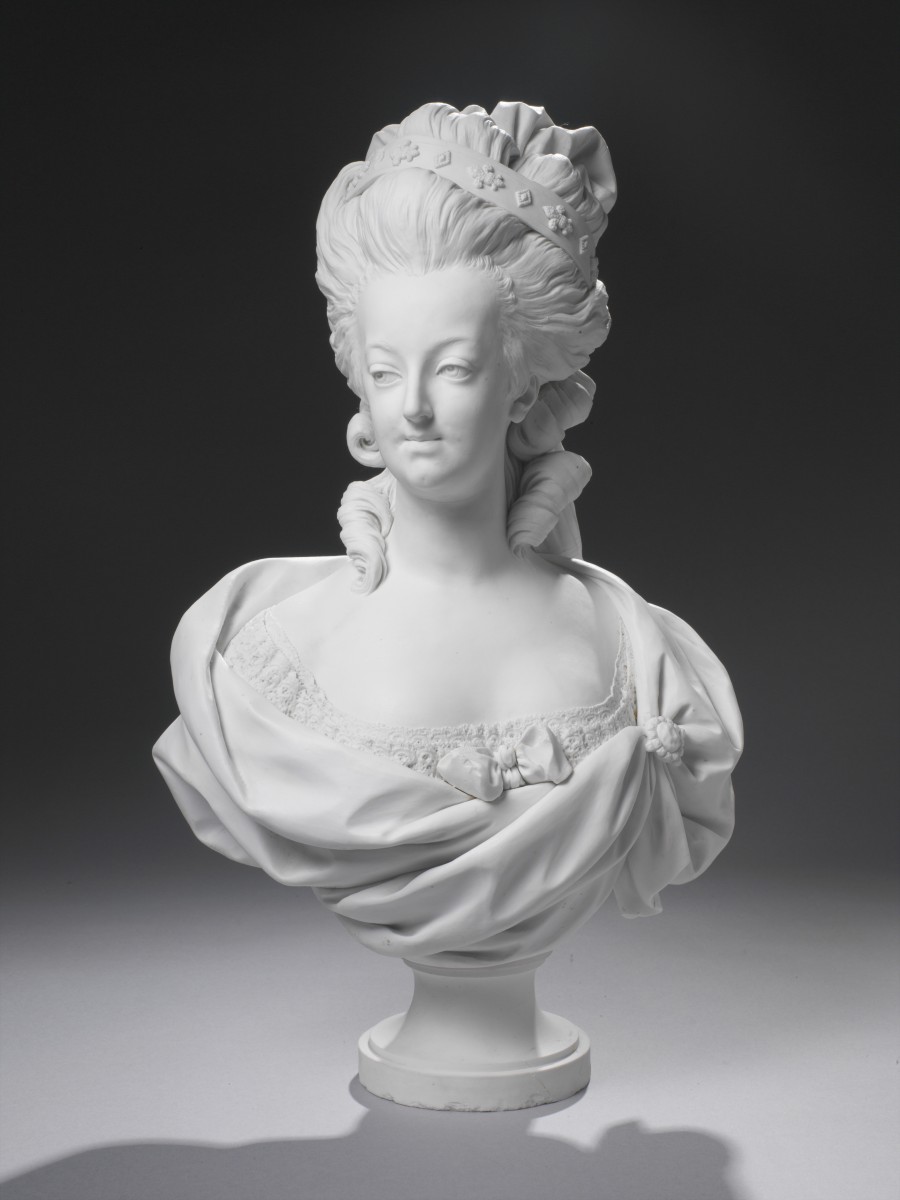




Friends Read Free